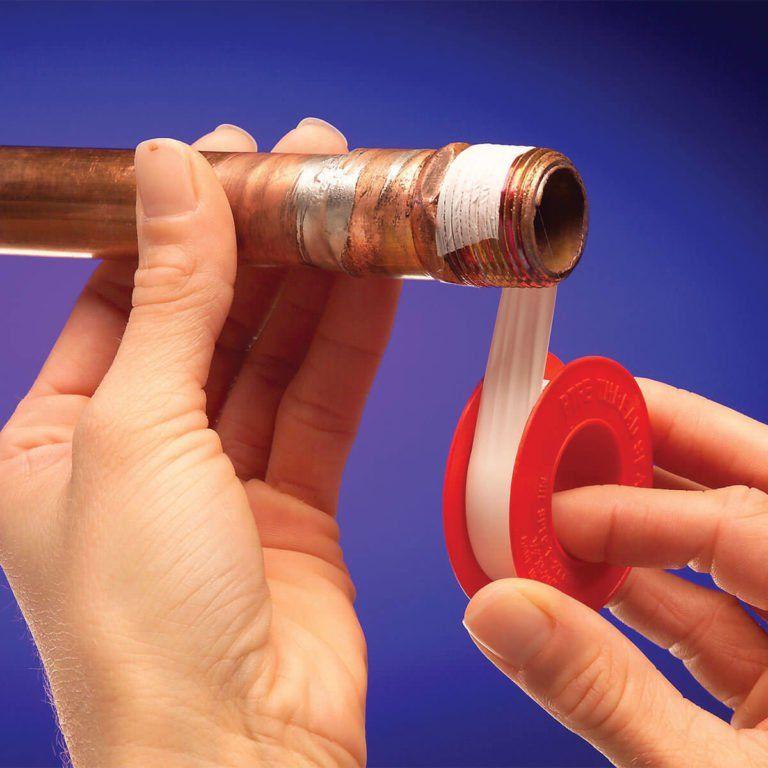History of Quality Management System
Apr 23 • 4 min read

The evolution of Quality Management System (QMS) standards began with the US Department of Defence’s MIL-Q-9858 in 1959. This standard influenced the NATO AQAP series in 1969, which later shaped the BS 5179 guidance standards in 1974 and the BS 5750 requirements standards in 1979. These standards ultimately led to the publication of ISO 9000 in 1987. Since then, ISO 9000 has undergone several revisions, including 1994, 2000, 2008, and the current 2015 revision, each refining the Quality Management System framework to better support organizations.
What is a quality management system?
A Quality Management System (QMS) is a structured framework that outlines an organization's processes, procedures, and responsibilities to achieve quality objectives. It enables organizations to coordinate activities, meet customer and regulatory requirements, and drive continuous improvement in effectiveness and efficiency.
What are the benefits for QMS?
Customer Confidence:
Meeting customer requirements leads to increased trust, sales, and repeat business.
Organizational Benefits:
Ensures compliance, cost-efficiency, and resource optimization, driving growth and profit.
Additional Advantages
Process definition, improvement, and control
Waste reduction
Error prevention
Cost savings
Training opportunities
Staff engagement
Clear direction setting
Consistency in results
Implementing a QMS can transform an organization's performance and drive long-term success.
What are some QMS framework
Several frameworks exist to guide QMS development, including
ISO 9001
ISO 9000 series
ISO 14000 series (environmental management systems)
ISO 13485 (quality management systems for medical devices)
IATF 16949 (quality management systems for automotive-related products)
AS 9100 (quality management systems for aviation, space, and defence).
ISO 9001 is a widely used standard for designing a Quality Management System (QMS) that focuses on improving customer satisfaction. It follows the PDCA cycle: Plan (establish objectives), Do (implement), Check (monitor and measure), and Act (correct and improve), driving continuous improvement.
ISO 9000 is a foundational standard that defines quality management terms and principles, supporting standards like ISO 9001. It provides clarity on QMS concepts but does not contain certifiable requirements, serving as a reference document instead.
ISO 14000 is a series of standards focused on environmental management systems (EMS). It provides guidelines for organizations to develop and implement environmentally responsible practices, reduce waste, and improve sustainability. ISO 14001, a key standard in the series, specifies requirements for EMS certification, helping organizations demonstrate their commitment to environmental protection.
ISO 13485 is crucial for medical device manufacturers as it ensures products meet regulatory and customer requirements, demonstrating a commitment to safety and effectiveness. Compliance with this standard facilitates global market access, risk mitigation, process improvement, and increased efficiency, ultimately leading to better products and higher customer satisfaction.
IATF 16949 (formerly ISO/TS 16949) outlines Quality Management System (QMS) requirements for the automotive industry, building on ISO 9001. It includes additional requirements agreed upon by major automotive manufacturers, with customer-specific addendums. Organizations can certify their QMS against this standard.
AS9100 is an aerospace industry standard built on ISO 9001, with additional requirements for risk management, configuration management, and more. It allows for third-party certification of a Quality Management System (QMS), ensuring compliance with industry-specific standards.
What are the elements and requirements of QMS?
Key Elements and Requirements of a Quality Management System (QMS)
Leadership: Commitment, review, and planning
Planning: Setting objectives and expectations
Metrics and Feedback: Monitoring and measuring performance
Communication, Education, and Training: Ensuring awareness and competence
Risk Management: Identifying and mitigating risks
Teamwork: Collaboration across the organization
Compliance: Meeting regulatory and customer requirements
Continuous Improvement: Regularly evaluating and enhancing the QMS
These elements work together to help organizations meet customer and internal requirements.
How to implement and establish a Quality Management System (QMS)?
Assess Current Practices: Outline existing approaches to managing quality and meeting customer expectations.
Map against QMS Framework: Compare current practices to a chosen QMS model (e.g., ISO 9001) and identify gaps.
Design and Build QMS: Develop the QMS structure, processes, and implementation plans, led by top management.
Deploy QMS: Implement the QMS, breaking down processes into sub processes, educating staff, and using tools like intranets.
Control and Measure: Conduct routine audits to ensure compliance and effectiveness.
Review and Improve: Analyse audit results, communicate findings, and implement corrective actions and improvements.
The QMS should be tailored to the organization's objectives, needs, products, and services, and follow the plan-do-check-act cycle for continuous improvement. The Juran Trilogy (quality planning, quality control, and quality improvement) can guide QMS development and implementation.
In conclusion, a Quality Management System (QMS) is a structured framework that enables organizations to achieve quality objectives, meet customer and regulatory requirements, and drive continuous improvement. With a rich history dating back to the 1950s, QMS has evolved through various standards, including ISO 9000 and its revisions. Implementing a QMS offers numerous benefits, such as increased customer confidence, cost savings, and process improvement. Various frameworks, including ISO 9001, ISO 14000, and industry-specific standards like IATF 16949 and AS9100, can guide QMS development. By understanding the elements and requirements of a QMS and following a structured implementation approach, organizations can transform their performance and achieve long-term success.
Our Clients








Related Blogs





